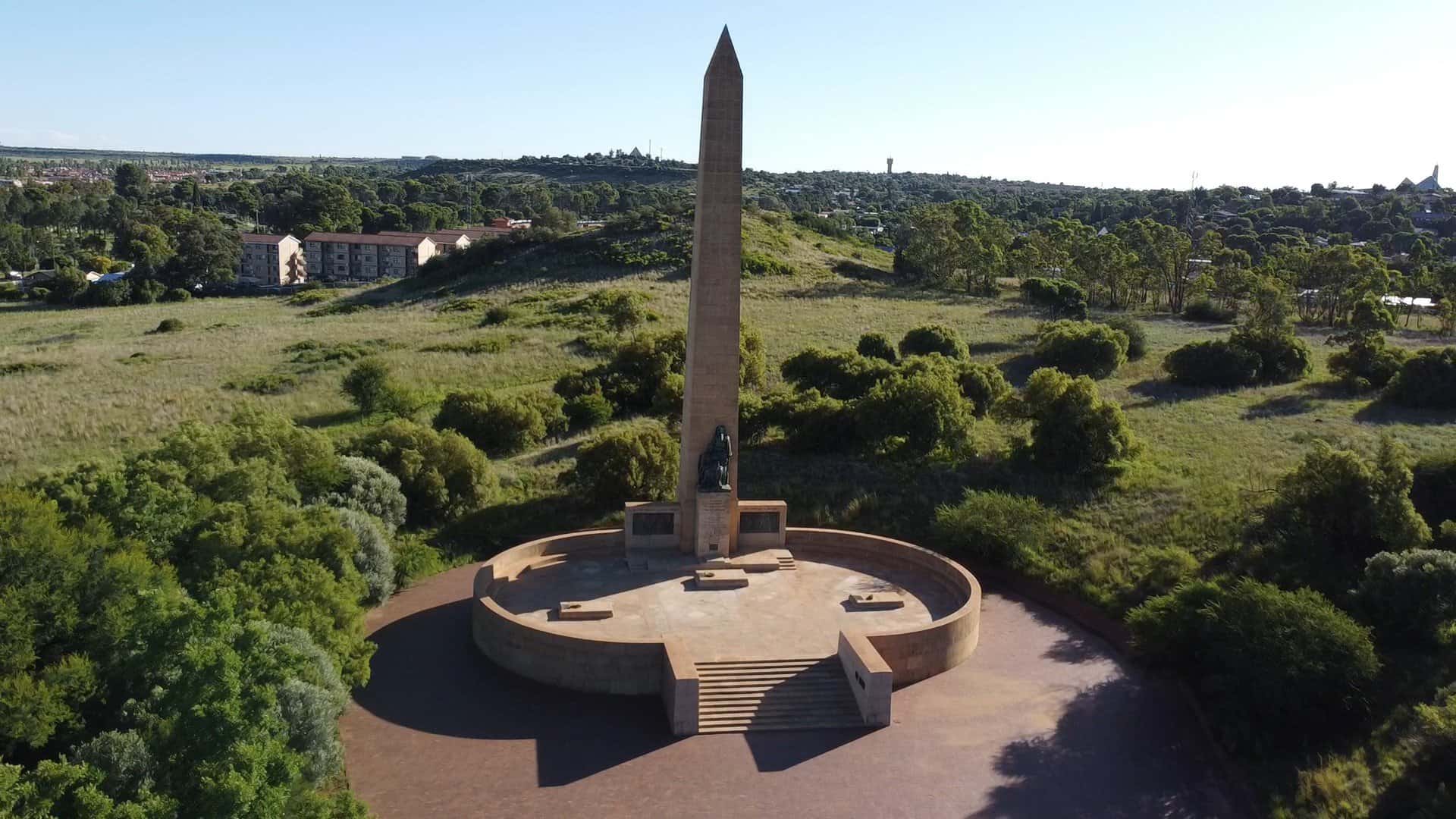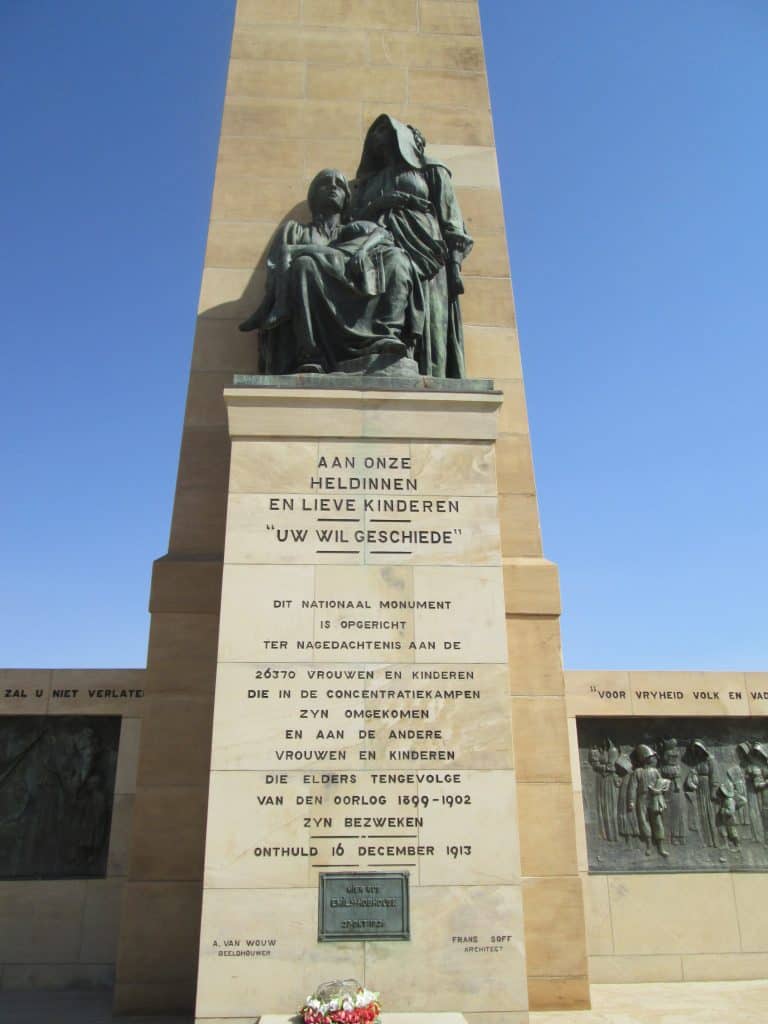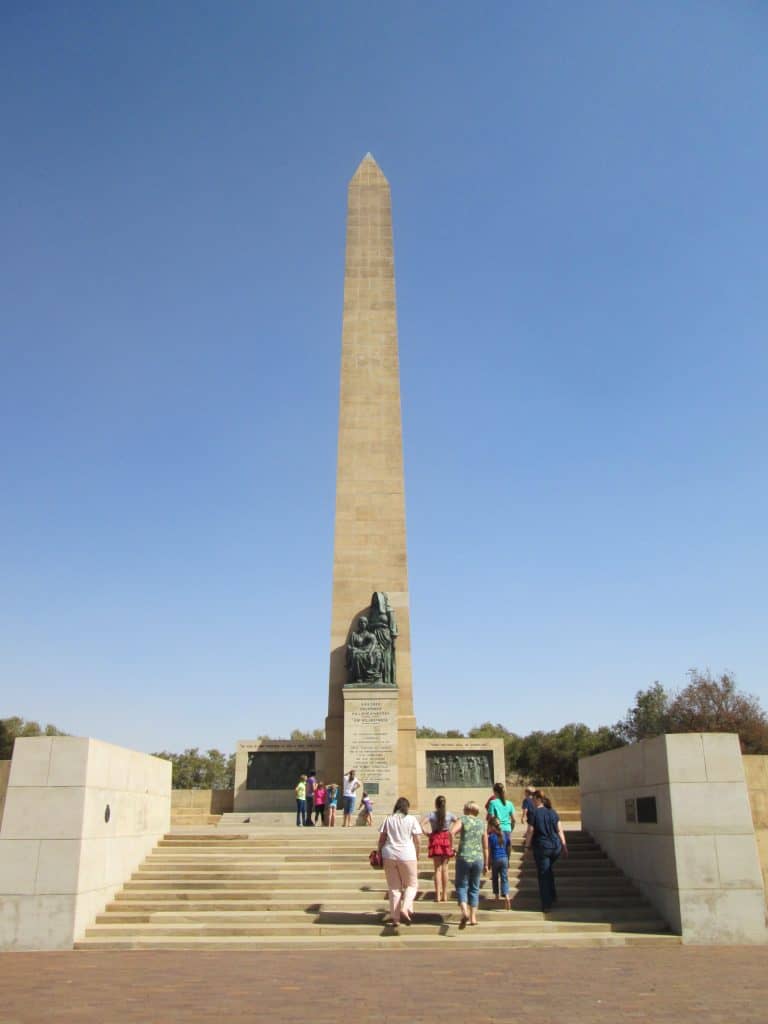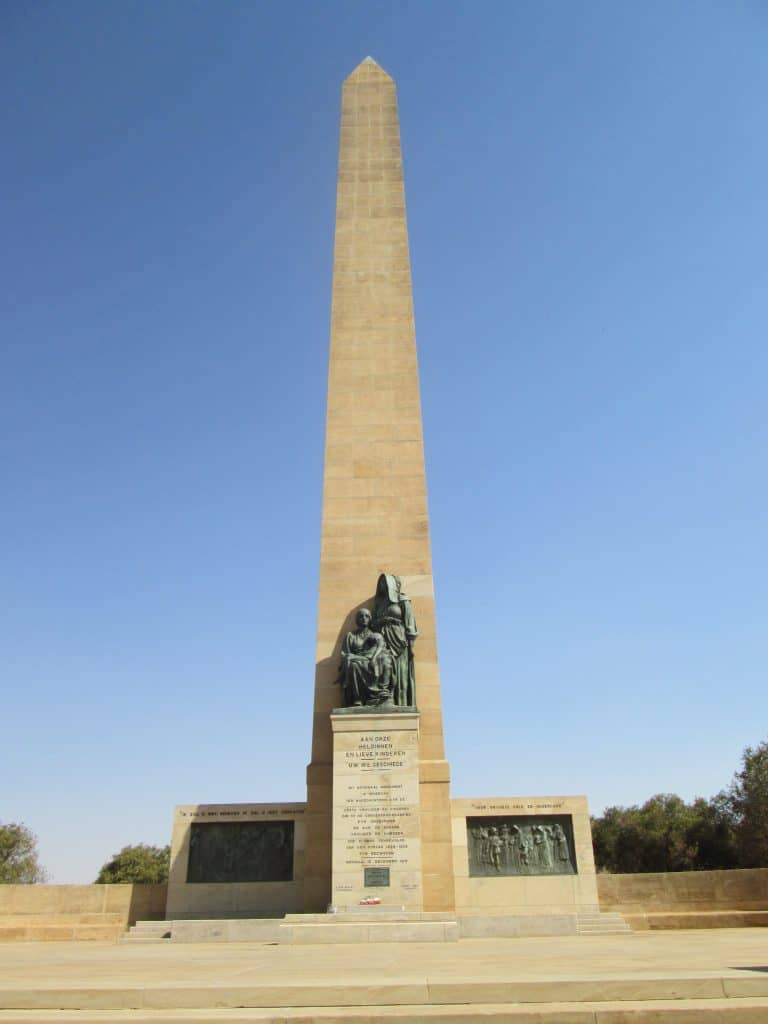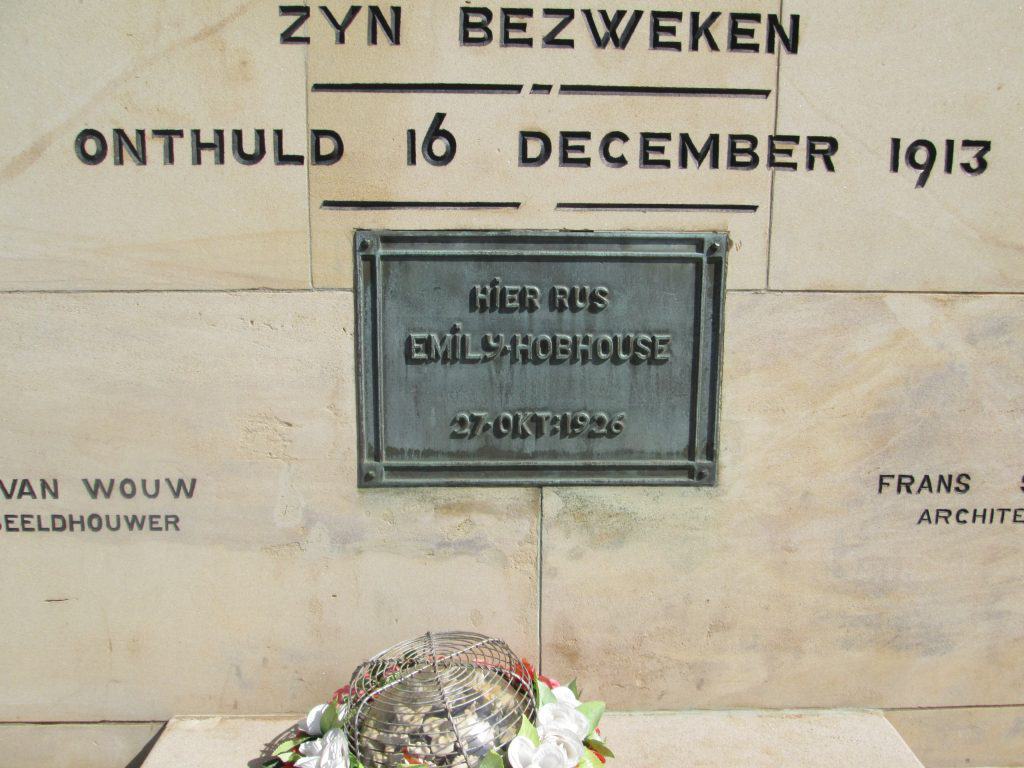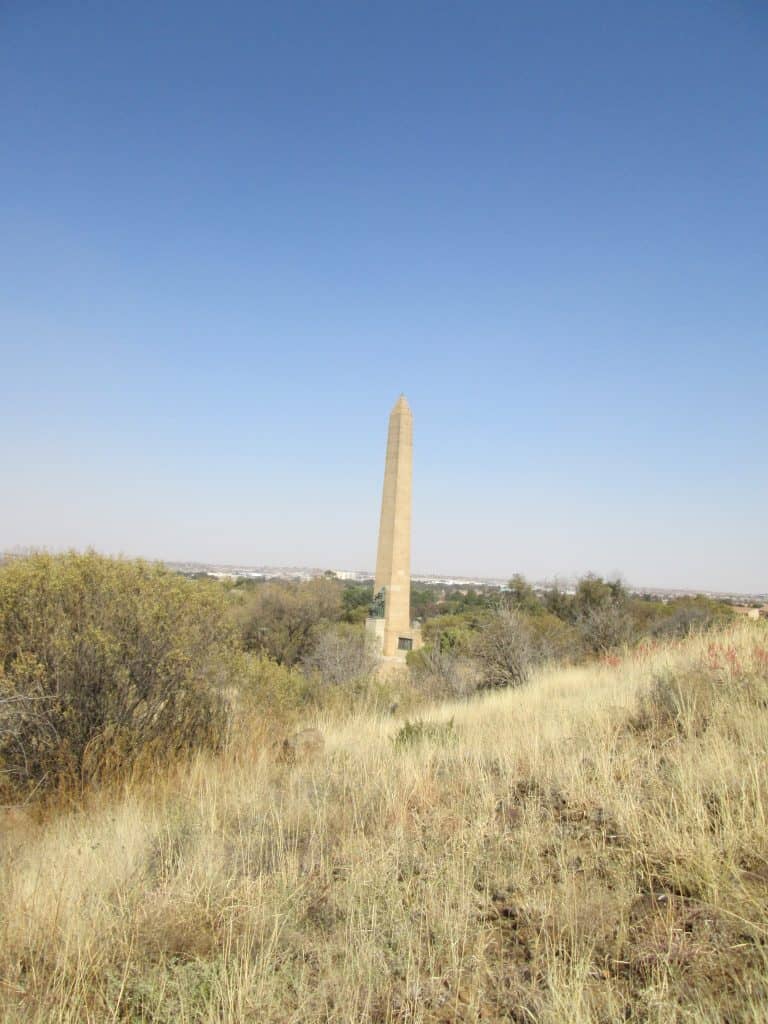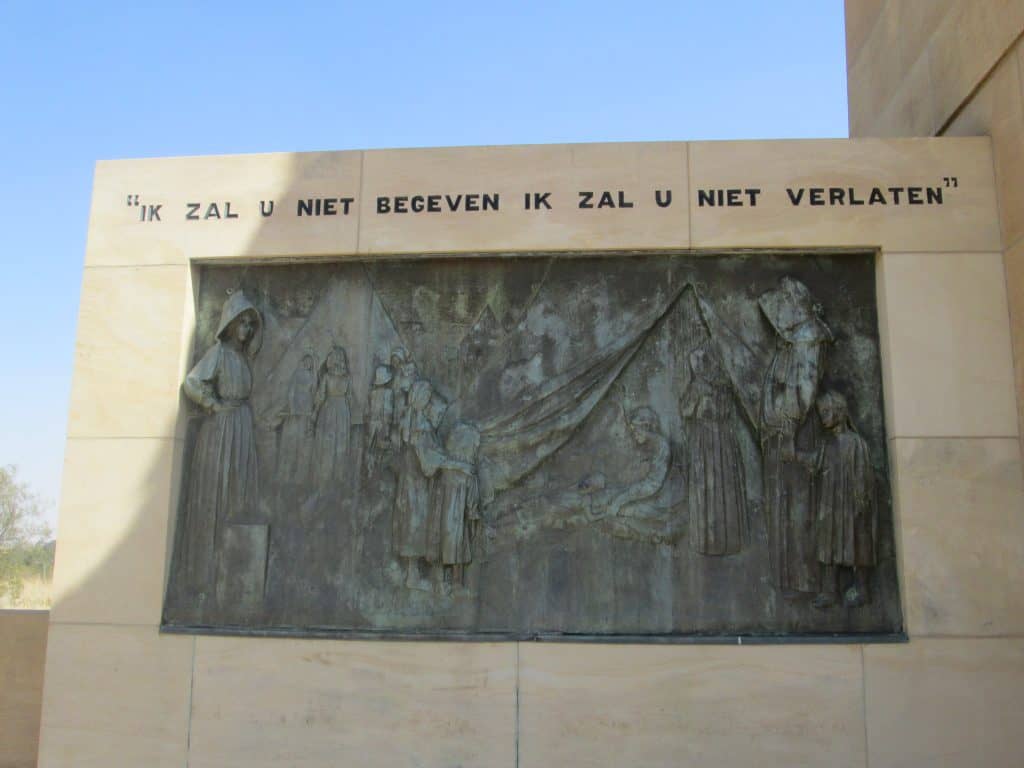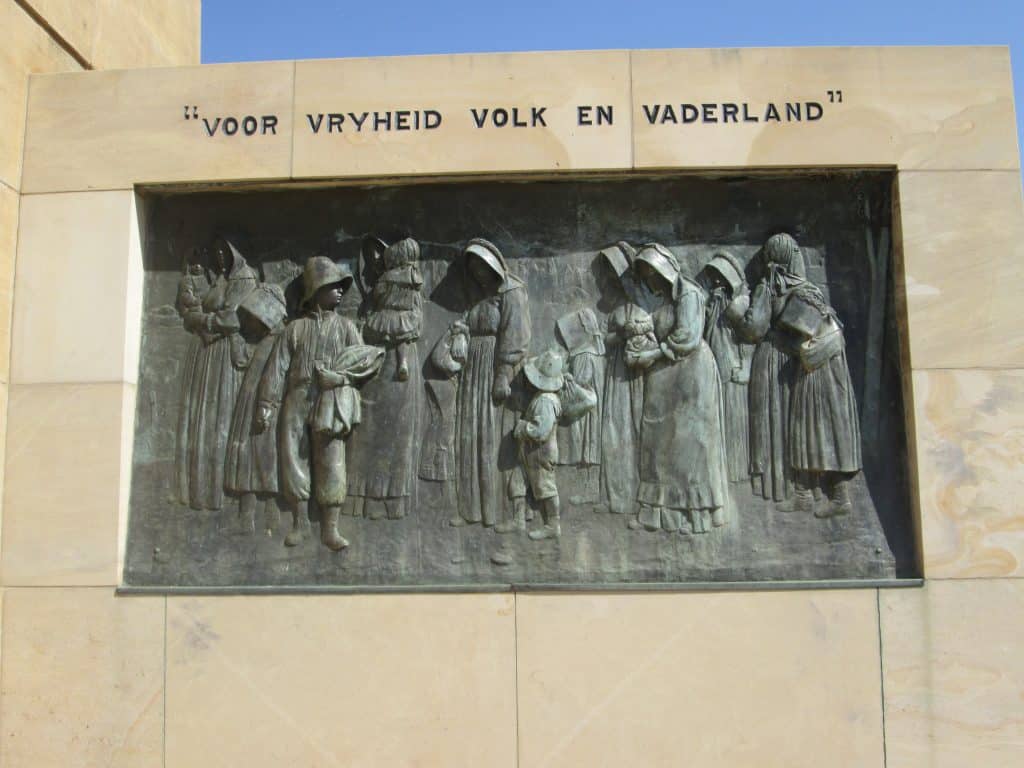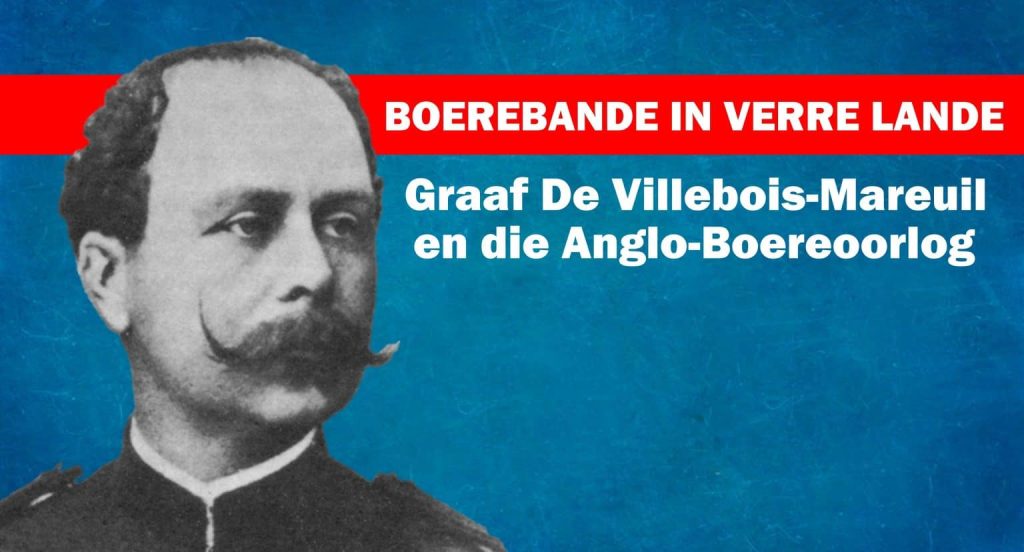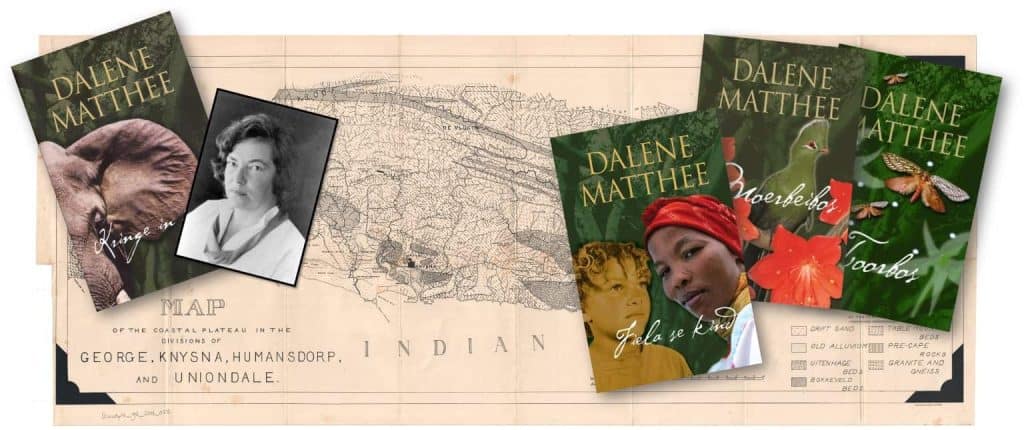In the series Heritage highlights, AfriForum sheds light on heritage landmarks and projects in the country where communities themselves step in to preserve our unique cultural and historical heritage.
Of all the monuments in the country, the one that personally touches me the most is the National Women’s Memorial in Bloemfontein.
Prof Piet Strauss and Prof Andries Raath, respectively the Chairman and the Vice-Chairman of the National Women’s Memorial Commission, are here to tell us more about it.
Alana: Professors Piet and Andries, thank you very much for your participation in Heritage highlights! Please tell us briefly about the history of the memorial.
Professors: The last President of the Republic of the Orange Free State, M.T. Steyn, was the driving force behind the idea to create the Women’s Memorial in Bloemfontein. After the Anglo-Boer War (1899-1902), he propagated the idea of a memorial as sign of Afrikaners’ tribute and respect for the thousands of Afrikaner women and children who had suffered and died in British concentration camps and elsewhere during the war.
As far as Steyn was concerned, the memorial embodies the God-given humanity, dignity and contribution of these women and children – qualities that can also be found in other women and children. The statement on the memorial, aan onze heldinnen en lieve kinderen, meaning “to our heroines and dear children”, originated from him. He also used these words elsewhere to refer to the same women and children. The memorial, with its 36-meter-high needle, was unveiled on 16 December 1913. At the time, it stated that 26 370 women and children had died. However, recent studies indicate that the actual number may be as many as 34 051 – a figure that drastically exceeds the average annual death rate of Boer women and children in the Orange Free State and Transvaal in the years preceding the war
Faith in the providence of God is a central theme of the memorial – the words Uw wil geschiede (“Thy will be done”) appear above the number of deaths as the overarching message of the Women’s Memorial. It does not endeavour to explain the suffering of women and children, but acknowledges: Your Will is good. God knows best.
At its inauguration in 1913, an ailing Steyn’s speech was read on his behalf. According to him, the Women’s Memorial had not been created to torment anyone or to be an eternal reproach. It was born out of the poverty of many needy people after the war. It is a nation’s tribute to its loved ones … After all, these women and children persevered in suffering: A triumphant perseverance of spirit during a time of war.
Alana: To whom does the memorial currently belong?
Professors: The Women’s Memorial was built thanks to the contributions of, among others, very indigent Afrikaners. Afrikaner friends from other communities also made contributions. The project was launched by a committee of which President Steyn was the chairman. This committee later became the National Women’s Memorial Commission, with Steyn as the first chairman. This commission is still in charge of the memorial. Its statutes stipulate that it is charged with the proper preservation, maintenance and management of the memorial and other monuments on the site.
Alana: Tell us more about the unique atmosphere at the memorial?
Professors: At its inauguration, President Steyn said that the more than 20 000 people present, were in effect attending a funeral for thousands of women and children. It is a custom among Afrikaners to behave very solemnly at a gravesite. Thus, birth was given to the custom of reserving the courtyard within the ring wall of the memorial for events of a solemn, sacred nature. During a visit to this site that commemorates the death of thousands of women and children, you automatically become serious and solemn, and you are filled with reverence for those who are commemorated here.
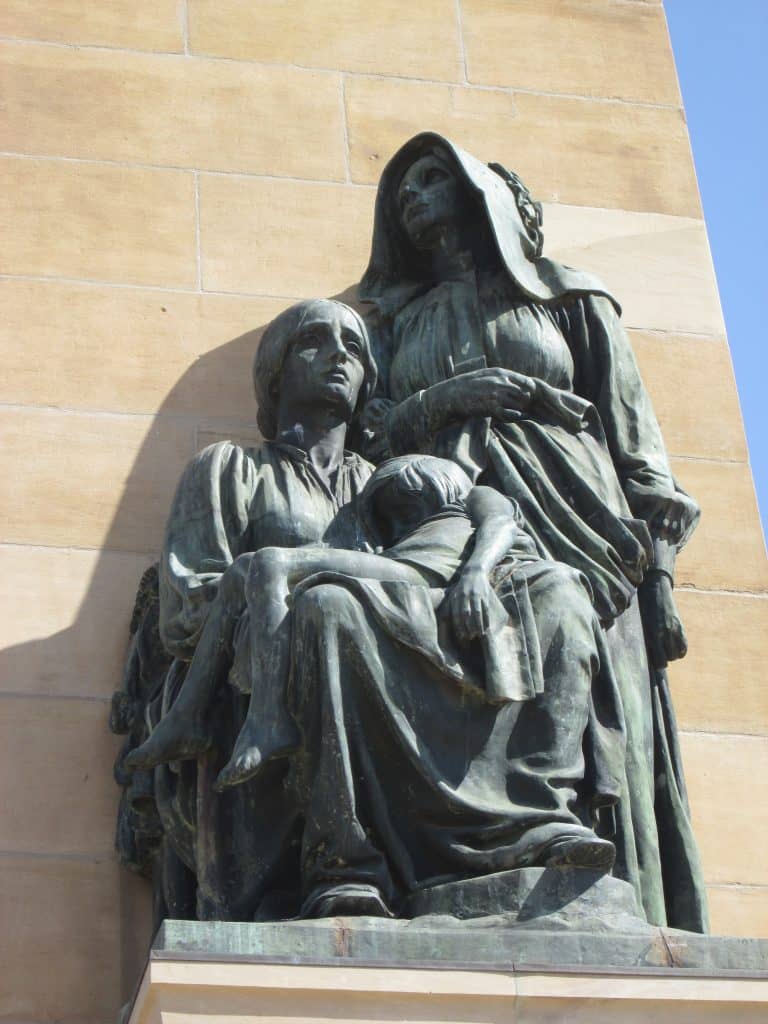
Alana: The National Women’s Memorial and the War Museum are neighbours, but do not share the same management. Please explain the difference?
Professors: The War Museum of the Boer Republics was established in 1931 at the initiative of the National Women’s Memorial Commission. However, unlike the memorial, it is under state management and dependent on state funding. The collaboration between the two institutions is genial and the museum is an example of an outstanding museum in modern times.
Alana: What usually surprises people who visit the memorial for the first time?
Professors: Different people naturally respond differently to it, but the dramatic sandstone needle that stands out against the background of the Free State is enhanced by the simplicity and unambiguous symbolism of the design. For this reason, the commission takes care to ensure that nothing else spoils visitors’ view of the memorial when they come here. The design of the site communicates the homage paid to the thousands who died.
Alana: Does the commission organise any special tours or visits to the memorial?
Professors: No, but we love receiving visitors, and there are many, also from abroad.
Alana: Which challenges does the commission face?
Professors: The task of commission as defined in its statutes remains a challenge. However, modern Afrikaners do not disappoint. The costs associated with the maintenance of the memorial are borne by Afrikaners, as it is an important landmark for all who associate themselves with the memorial and its message. During the centenary in 2013, more than the required amount of more than half a million rand was collected within a few weeks only.
Alana: How can people get involved?
Professors: They can join as friends of the memorial. A completed application form may be sent to the secretary of the National Women’s Memorial Commission, Willie Engelbrecht, at willie@habakuk.co.za, or call him at 082 728 1489.
Alana: We wish the commission everything of the best and thank you for all you are doing to preserve this crucially important memorial for posterity!
More contact details
Also read: Heritage Highlights 8 – Museum of Dogs
Photo: Nasionale Vrouemonument Facebook-blad



